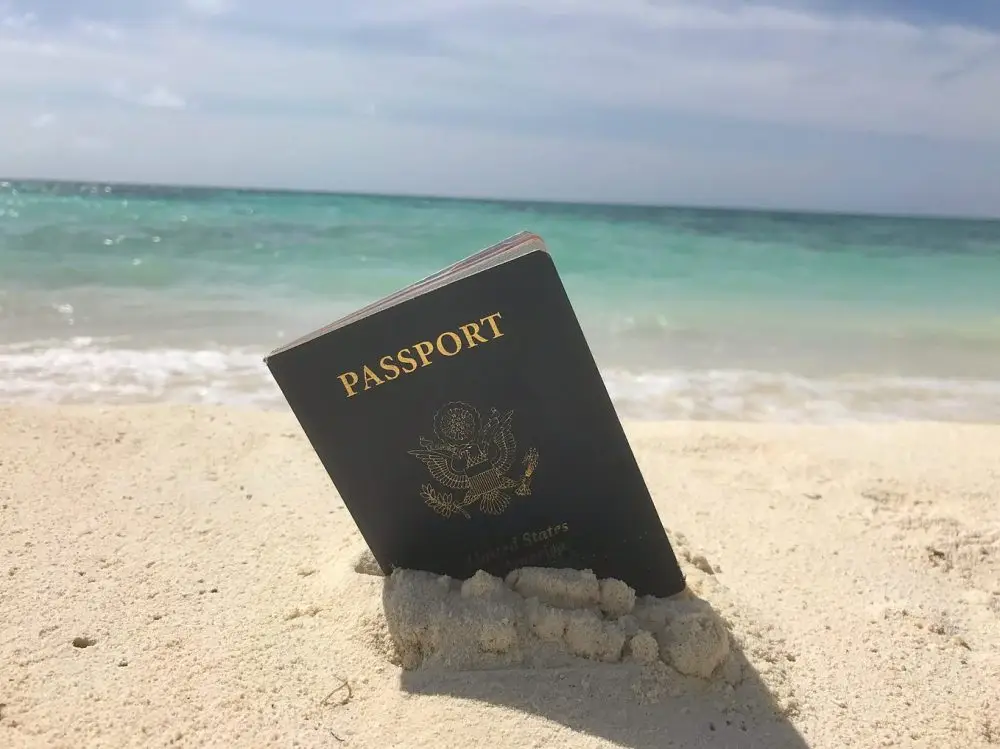Personal baggage inspection is not just a formality, but the last frontier between the passenger and takeoff. An extra bottle of liquid – and the suitcase will be sent to checked baggage with an additional fee. To avoid disputes during inspection and save nerves, it is important to understand what can be taken in carry-on luggage on the plane and what needs to be immediately confiscated.
What can be taken in carry-on luggage on the plane: dimensions do not tolerate compromises
The practice of European and Asian carriers shows: deviation by a couple of centimeters can cost tens of euros. Standard dimensions of carry-on luggage range from 40×30×20 cm (Ryanair) to 55×40×23 cm (Lufthansa). Airlines allow variability, but during crowded flights, even an approved bag may end up in the overhead compartment.

The average weight of carry-on luggage is 7-10 kg. Qatar Airways allows 7 kg for economy class, Turkish Airlines – 8 kg, Emirates – up to 10 kg. Low-cost carriers are even stricter. Excess weight incurs a fee, reaching up to 50 euros per unit. The easiest mistake to make is when traveling with a laptop, chargers, and cosmetics – small items quickly weigh down the suitcase.
Liquids in carry-on luggage: precision to the milliliter
At the security checkpoint, 100 ml turns into a magical number. Any liquid over this limit is prohibited. All containers must be placed in a transparent bag with a volume not exceeding 1 liter. The list includes water, shampoos, perfumes, creams, gels, sprays. The restriction also applies to paste-like products – yogurts, sauces, masks. It doesn’t matter if only half is left – the entire container volume is considered.
Example: a 200 ml tube with 20 ml of content will not pass inspection. But a 10 ml bottle of eye drops is permissible. Pharmaceutical products, including liquids, are allowed with packaging and a purpose explanation – especially important for medications.
Electronics: under control and in sight
Smartphones, tablets, laptops, cameras, external batteries – all are allowed. However, each gadget is presented separately for inspection. Devices with lithium batteries are only transported in the cabin. Chargers, cables, headphones – without restrictions. However, powerful Power Banks exceeding 100 Wh will require permission from the airline.
What can be taken in carry-on luggage on the plane in terms of electronics – only what does not raise doubts for the security service. Pocket drones, electronic cigarettes – in separate cases, without use on board.
Sports, children, and exceptions to the rules
Skateboards, dumbbells, exercise equipment – are not allowed for carriage on board the plane. Sports equipment is always treated as separate baggage. Baby food, milk formulas, purees are allowed without volume restrictions, but only when flying with a child. Formulas, expressed milk, jars of fruit puree – are packed and presented separately during inspection.
Soft children’s items – blankets, pillows, toys – are not regulated if they fit within the allowed dimensions and weight limits. An overloaded backpack with toys and spare clothes may be subject to scrutiny during check-in.
What cannot be carried in carry-on luggage: clear prohibition
The prohibition applies not only to weapons or explosive substances. The list includes knives of any length, scissors with blades over 6 cm, screwdrivers, needles, metal files, turnstiles, corkscrews. Gas canisters, aerosols under pressure, lighters resembling weapons – are strictly prohibited. Even sports equipment, if containing sharp elements, requires separate handling.
What cannot be carried in carry-on luggage – anything that potentially compromises safety on board. A mistake can lead to delays, fines, or immediate confiscation of the item.
What can be taken in carry-on luggage on the plane: one fare – different rules
Basic requirements for carry-on luggage depend on the chosen fare. Lufthansa’s economy fare allows 1 bag up to 8 kg. Ryanair’s basic ticket only permits 1 bag measuring up to 40×20×25 cm – not a suitcase or backpack. Additional baggage incurs a fee, often exceeding the ticket price.
How to save and avoid overpaying
Ignoring limits leads to extra expenses. Exceeding by 2 kg means spending money. Violating requirements results in additional inspection, return to check-in, boarding delays. Checking before departure is the best way to save.
It is advisable to limit yourself to one bag, choose versatile items based on layering principle, eliminate duplicates. Opt for mini versions instead of full-size cosmetics, electronic format instead of books. A rational approach eliminates extra charges and contentious situations at the airport.
How to pass security control without delays
During inspection, the security service analyzes not only the contents but also behavior. A metal detector signal, suspicious packaging, exceeding norms – reasons for additional checks. Liquids in carry-on luggage, batteries, medications, opaque containers are inspected particularly thoroughly.
For example, at London Heathrow Airport, next-generation scanners allow gadgets to remain in bags, but in most parts of the world, full unpacking is still required. Therefore, it is wise to pack everything important in a way that avoids delays during inspection.
Hidden risks during airport inspection
The most common mistakes include carrying souvenir knives, jars of jam, cosmetics in 150 ml tubes, alcoholic beverages purchased outside duty-free. Some airlines even prohibit corkscrews and razors with open blades. A presence of potentially dangerous items is not allowed in carry-on luggage on the plane.
A toothpick with a metal tip? A debatable case. Manicure scissors with rounded edges? Allowed. A jar of honey? Only if it does not exceed the volume limit and fits in the liquid bag. The boundaries of the rules are subtle, but violations are not accidental, but due to inattention.
Excess baggage: expensive and slow
Exceeding weight or size limits of carry-on luggage often leads to unplanned expenses. For example, on EasyJet flights, each additional kilogram can cost 15 euros. With Wizz Air – up to 30 euros for a second bag. Violating parameters incurs payment for excess baggage and processing at the check-in counter, which increases the overall boarding time.
Prior weighing helps reduce risks. Electronic scales and measurements at home help avoid unpleasant surprises before the flight. This is especially important for low-cost carriers, where any deviation from tariff requirements is strictly controlled.
What can be taken in carry-on luggage on the plane: specific list
A clear understanding eliminates disputes during inspection and speeds up the control process. The list of permitted items remains almost the same for most airlines.
Permissible list of items for carriage in the plane’s cabin:

- smartphone, tablet, laptop, chargers;
- documents, keys, wallet;
- odorless food: cookies, nuts, fruits;
- liquids up to 100 ml totaling not more than 1 liter;
- medications, vitamins, drops;
- baby food when flying with a child;
- spare clothes, underwear;
- compact camera, headphones;
- books, notepads, pens;
- duty-free items in a sealed bag.
Permitted items should not cause difficulties during inspection and must fit within the established dimensions. Properly packing carry-on luggage reduces the likelihood of problems during boarding and helps save on additional fees.
What can be taken in carry-on luggage on the plane: conclusions
A clear understanding of what can be taken in carry-on luggage on the plane forms the basis for a comfortable and hassle-free flight. Proper packaging, adherence to restrictions, weight and volume control, liquid check – all of this is not only respect for the rules but also a way to save money and time. A rational approach eliminates stress, speeds up control, simplifies the flight, and allows focusing on the most important thing – the purpose of the journey.
 en
en  ru
ru  ar
ar  de
de  es
es  fr
fr  nl
nl  hi
hi  el
el  it
it  pt
pt 



